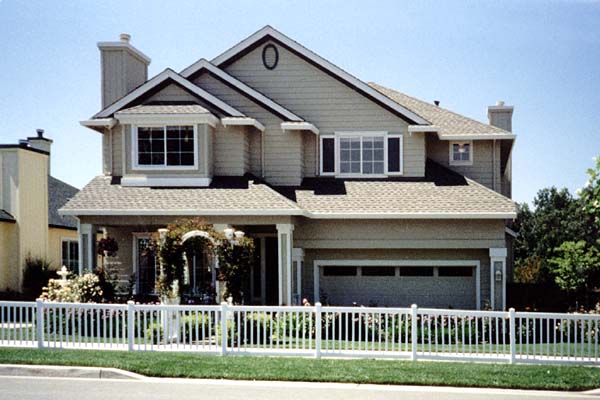ARA
The Rise of ARA in Real Estate: A Game Changer for Investors and Developers
The concept of ARA (Artificial Reality Applications) has been making waves across various industries, and the real estate sector is no exception. ARA is a technology that blends the physical and digital worlds, offering an immersive and interactive experience for users. In the realm of real estate, ARA has the potential to revolutionize the way properties are marketed, designed, and experienced by potential buyers and investors. Let's delve into the impact of ARA in real estate and how it is transforming the industry.
Enhancing Property Marketing and Sales
ARA enables real estate developers and agents to provide potential buyers with immersive virtual tours of properties, allowing them to explore every nook and cranny without physically being present at the site.
This technology gives potential buyers a realistic sense of space, design, and ambiance, thereby enhancing their decision-making process.
With ARA, developers can showcase properties that are still in the pre-construction phase, providing a compelling visualization of the end product and increasing off-plan sales.
Streamlining Property Development and Design
ARA allows developers and architects to visualize and present design concepts in a more interactive and engaging manner.
By using ARA applications, stakeholders can gain a better understanding of spatial layouts, interior design elements, and overall aesthetics, leading to more informed decision-making and efficient collaboration.
Improving Property Management and Maintenance
Improving Property Management and Maintenance
ARA can be utilized to create interactive manuals and guides for property maintenance, enabling property managers and tenants to easily identify and resolve issues.
This technology can also assist in visualizing potential renovations or interior design changes, helping property owners make informed decisions about property improvements.
The Future of Real Estate Showcasing
As ARA technology continues to advance, the potential for creating lifelike, interactive experiences within real estate is limitless.
ARA can be integrated with other emerging technologies such as augmented reality (AR) and virtual reality (VR) to create even more immersive and personalized experiences for potential buyers and investors.
Overcoming Challenges and Embracing Opportunities
While ARA presents numerous benefits, its widespread adoption in the real estate industry may face challenges related to cost, technological barriers, and the need for specialized expertise.
However, as ARA technology becomes more accessible and user-friendly, real estate professionals can leverage its capabilities to gain a competitive edge, attract more buyers, and streamline property development and management processes.
Conclusion
The integration of ARA in real estate represents a paradigm shift in how properties are marketed, designed, and experienced. By providing immersive and interactive experiences, ARA has the potential to revolutionize the way real estate professionals engage with clients, showcase properties, and streamline various aspects of property development and management. As ARA technology continues to evolve, its impact on the real estate industry is poised to be transformative, offering new opportunities for innovation and efficiency.
MORE REAL ESTATE TERMS
A, B, C, D, E, F, G, H, I, J, K, L, M, N, O, P, Q, R, S, T, U, V, W, X, Y, Z
Featured New Home

Featured Mortgage Brokers
- Consolidated Loan Company of Albany- Home Office, mortgage broker in Albany, GA
430 W Tift Ave
Albany, GA 31701 - COBALT MORTGAGE, EVERETT, WA
2825 COLBY AVE STE 305
EVERETT, WA 98201 - PINNACLE CAPITAL MORTGAGE CORPORATION, PUYALLUP, WA
311 RIVER RD STE 202
PUYALLUP, WA 98371 - EVERETT FINANCIAL INC, ORANGE BEACH, AL
25910 CANAL RD STE N
ORANGE BEACH, AL 36561 - FIRST HOME MORTGAGE CORP, MILLERSVILLE, MD
8638 VETERANS HWY STE 300
MILLERSVILLE, MD 21108